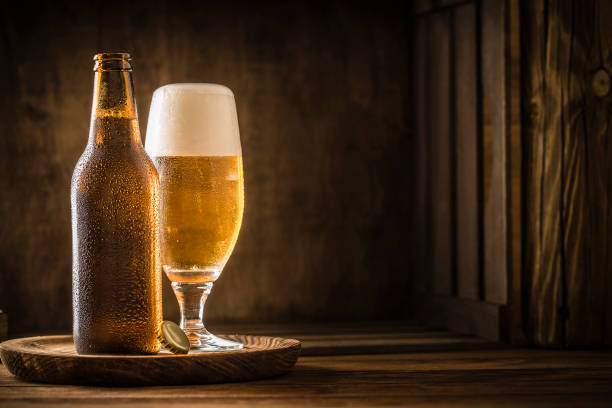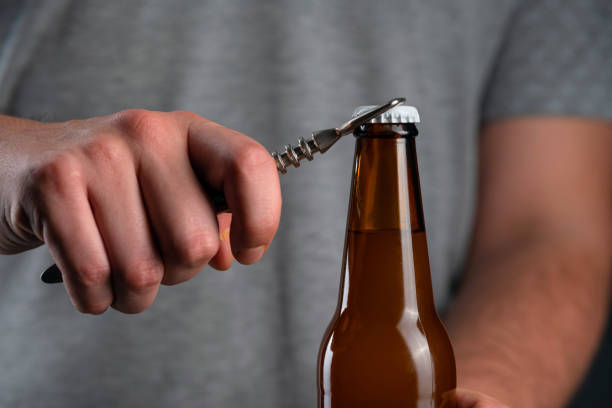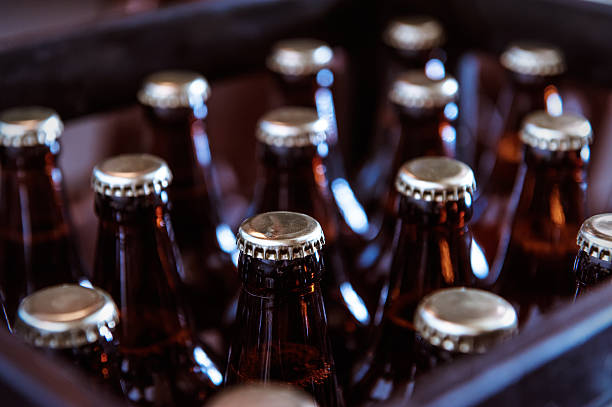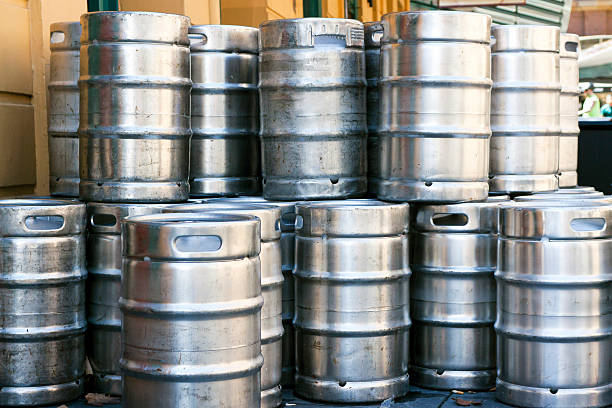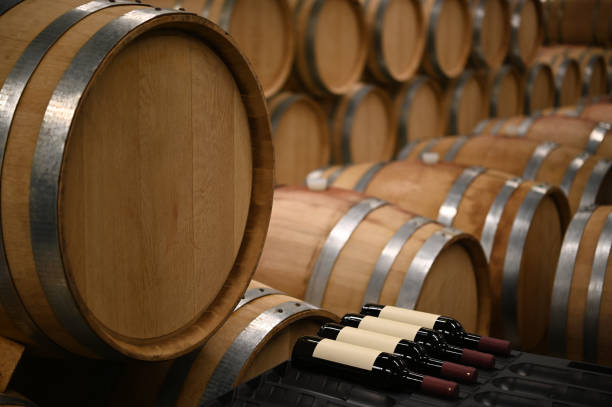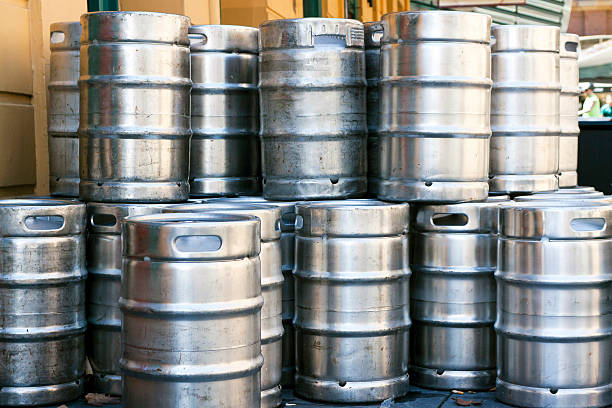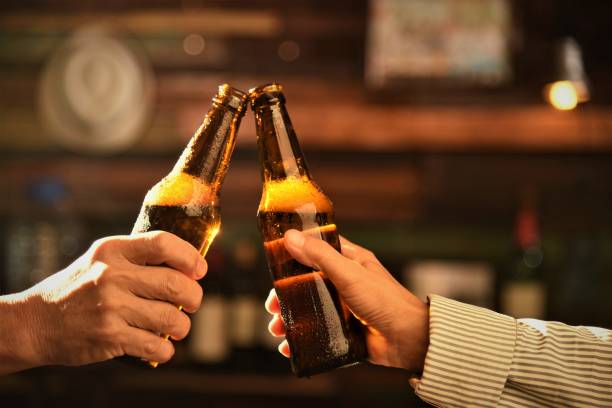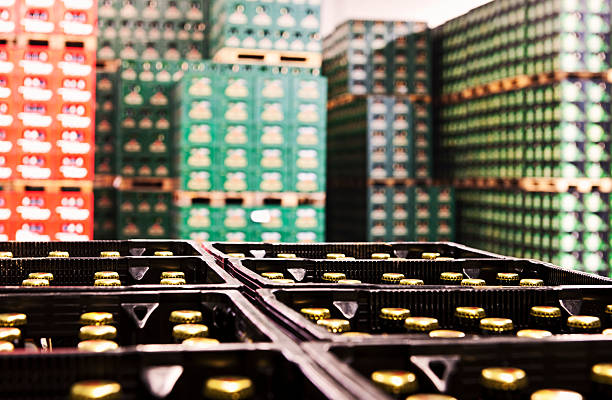For example, bombers are a popular packaging format at 22 ounces. These larger bottles are great for flavorful craft beers you want to savor slowly. Then there are the new trendy crowlers at 32 ounces. Crowlers are canned beer packaged in a large can that’s sealed on-demand for ultimate freshness. You might also see European beer imports in 11.2 ounce bottles occasionally.
Factors Behind the 12 Ounce Standard
With all these options though, why does the 12 ounce bottle size reign supreme in the US? There are some practical factors at play:
- Production costs – Producing millions of 12 ounce bottles is simply more efficient and affordable than an array of bottle types. Standardization has led to optimized manufacturing and distribution.
- History – Prohibition killed off many large and local breweries. After it ended, brewing restarted on a more industrial, national scale. This resulted in fewer, larger brewers standardizing around a bottle size they could produce efficiently and distribute widely.
- Consumer preference – Over time, American beer drinkers have come to expect and enjoy 12 ounce servings for many drinking occasions. It hits the spot as a common package size.
Streamlined manufacturing, ingrained history, and familiarity for customers have all contributed to solidifying the 12 oz bottle as the standard bearer.
Global Variations in Sizes
While the 12 ounce bottle may rule the beer scene stateside, worldwide standards can vary. For example, in Europe, 330 milliliter (about 11.2 ounce) bottles are very common for beers. Go to a bar in Spain or a bottle shop in Italy and you’ll see beers packaged in this size frequently.
Given the proliferation of imports at American craft beer venues and stores, 11.2 ounce bottles are easy to spot on this side of the Atlantic now too. So if you notice a European brew in an ever so slightly smaller bottle, no need to worry – that’s just their take on standard sizing.
Can Beer Vs. Bottled Beer — Which Is Better?
When comparing canned beer to bottled beer, the choice depends on various factors. Canned beer is more portable and offers better protection against light, air, and temperature changes, ensuring the beer stays fresh longer. On the other hand, bottled beer allows for more carbonation, enhancing the taste and shelf life of the beer due to the ability to store more carbon dioxide. Ultimately, both options have their advantages, with cans being more practical for outdoor activities and bottles offering better taste preservation and carbonation levels.
Conclusion: How Many Ounces Are In A Standard Beer Bottle
At the end of the day, while 12 fluid ounces might be the norm for beer bottles in America, it’s far from the only option. Bombers, crowlers, and European imports add some size diversity to the beer scene. But thanks to the power of standardized manufacturing and consumer habit, the 12 oz bottle remains the strongest. Next time you reach for a cold one, consider the fascinating backstory behind why that bottle contains 12 ounces of joy. Then raise a tasty beverage and drink up.

